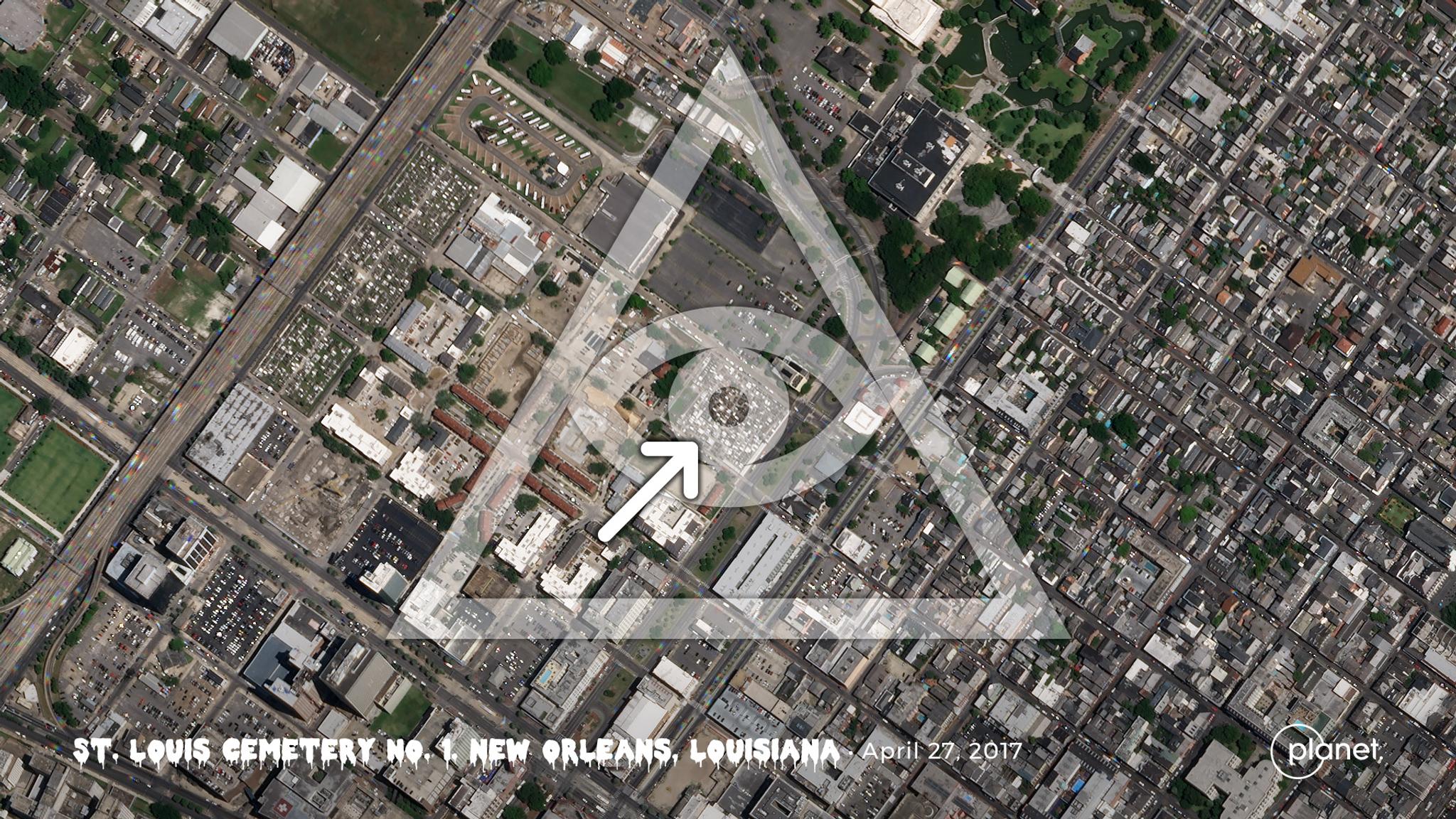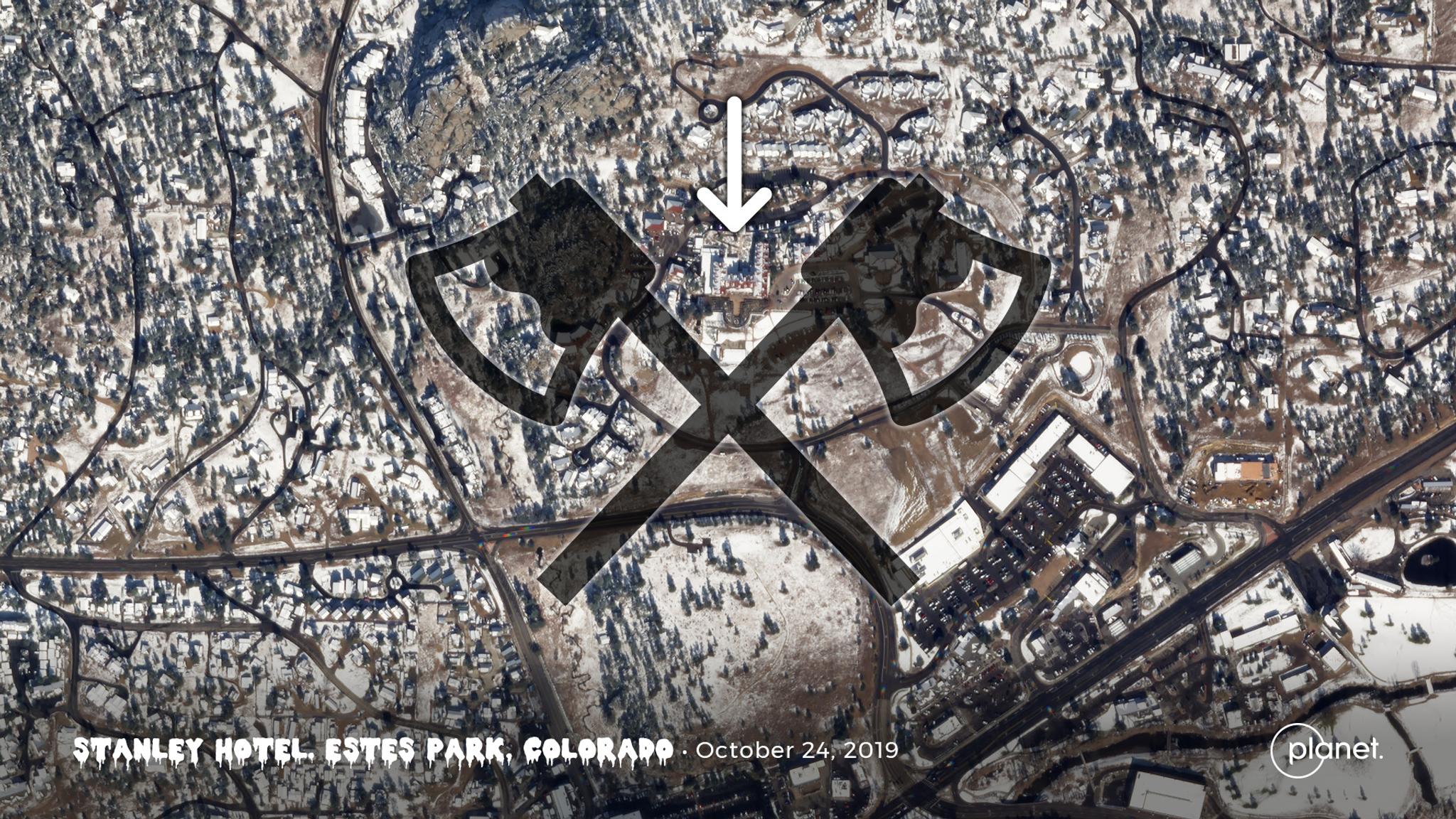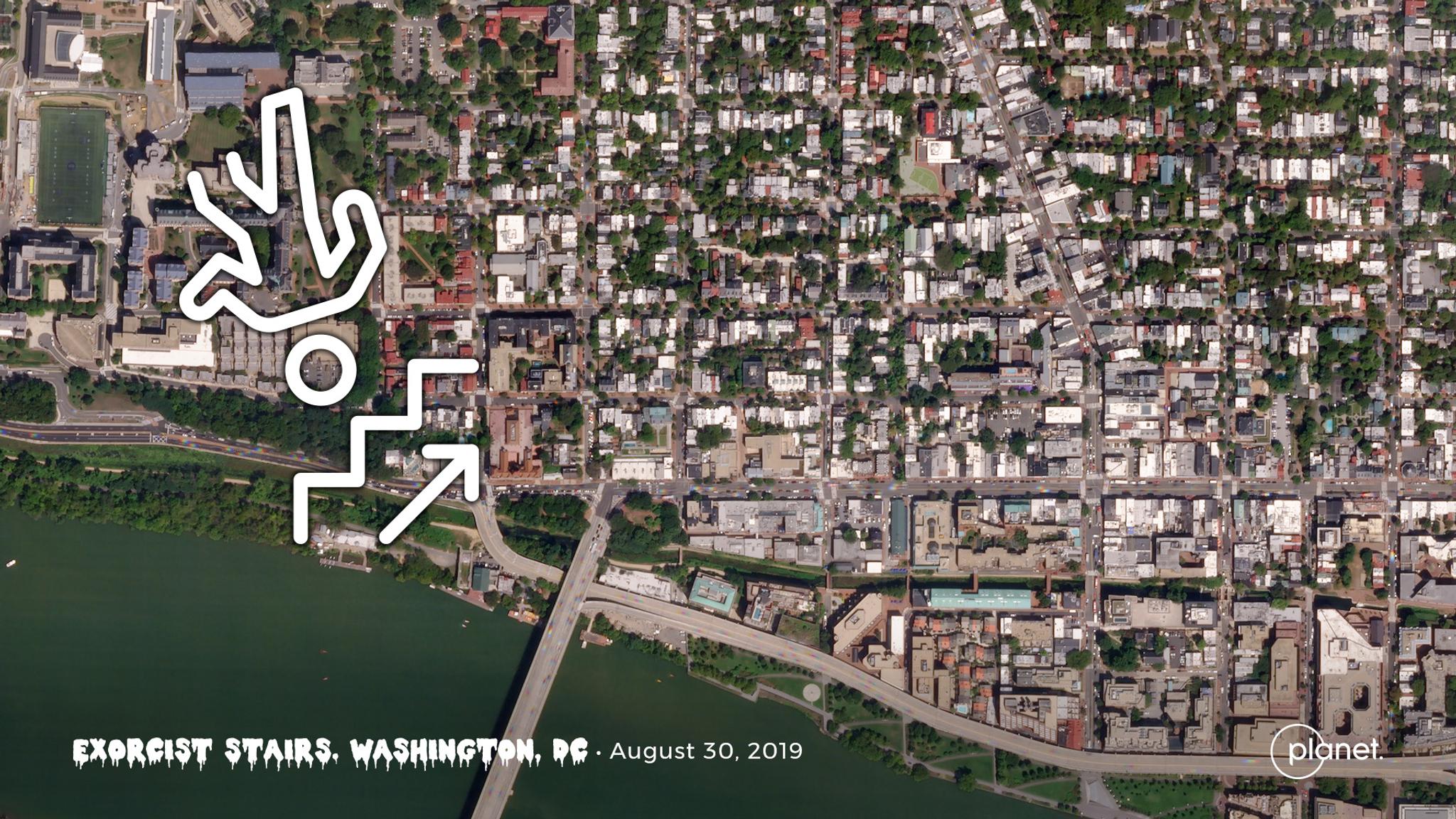See Some of the Solar System’s Spookiest Sites
Planet satellites can be great for spotting the various wonders of the world, and spooky sites are no exception. In the spirit of Halloween, here's a collection of locations known for their creepy histories. (Beware: Visiting these places may cause goosebumps! And a burning desire to tell your friends about all the fun and freaky things you got to see.)
Čachtice Castle
[caption id="attachment_144204" align="aligncenter" width="1920"]

Island of the Dead Dolls
[caption id="attachment_144205" align="aligncenter" width="1920"]

St. Louis Cemetery No. 1 (and Nicolas Cage’s Pyramid Tomb)
[caption id="attachment_144206" align="aligncenter" width="1920"]

The Stanley Hotel
[caption id="attachment_144207" align="aligncenter" width="1920"]

The Exorcist Stairs
[caption id="attachment_144208" align="aligncenter" width="1920"]


Ready to Get Started
Connect with a member of our Sales team. We'll help you find the right products and pricing for your needs


